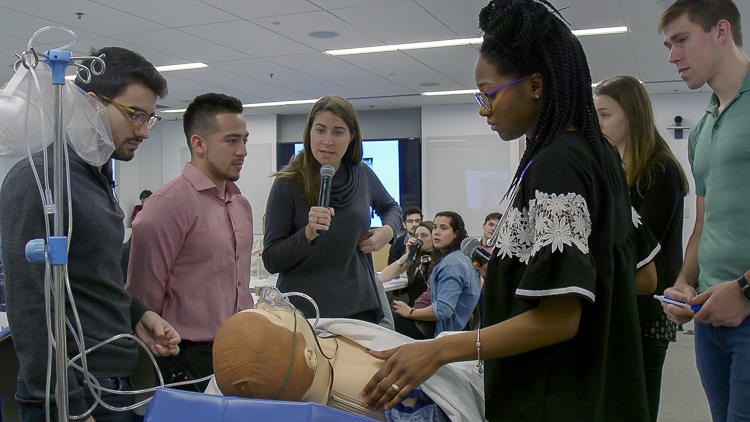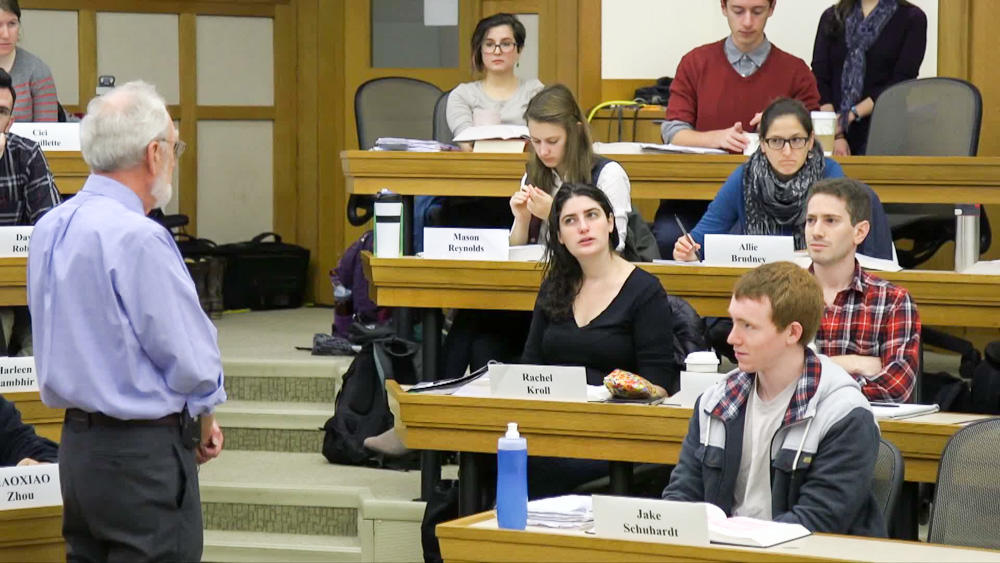In a fast-paced case discussion, it can be easy to lose track of the students who have not recently spoken up. In order to make sure that all students’ voices are heard in her classroom, Julie Battilana tracks student participation and then looks for the hands of students who have not spoken in the past three classes. To support students who may feel less confident speaking up in class, she also employs “warm calls,” giving students a heads up that she is going to call on them later in class. These strategies ensure that by the end of the course, all students have had opportunities to contribute and feel part of the broader class conversation.
Tracking student participation to ensure all students contribute
Instructor
Julie Battilana, Joseph C. Wilson Professor of Business Administration (Harvard Business School), Alan L. Gleitsman Professor of Social Innovation (Harvard Kennedy School)
Student Group
Graduate
School
Harvard Business School, Harvard Kennedy School
Course
Power and Influence
Group Size
85 students
Additional Details
Second year course
- At the beginning of the semester, use an introductory student survey to get to know students and their comfort level with speaking in front of the class. Ask students to describe their participation strengths and areas for growth.
- Explicitly state what “good” class participation looks like to you at the beginning of the semester and explain how you will support students to meet these expectations through strategies like warm calling.
- If keeping track of student participation feels like an overwhelming task to take on while teaching, ask a member of your teaching team to track student participation or make it a rotating student responsibility.
- Cold-calling can be perceived as coercive and can make some students uncomfortable. Yet transparent and friendly alternatives, like “warm” calls, could gradually help students become more comfortable with cold-calling (Williams, 1992).
- It’s not always clear to students what “good participation” looks like. In this Faculty Focus blog post, an instructor describes how he uses “engagement points” to help clarify his expectations, increase engagement, and build student-reflection.
- An Amherst College professor shares her “warm calling” technique to decrease student anxiety related to class participation here.




